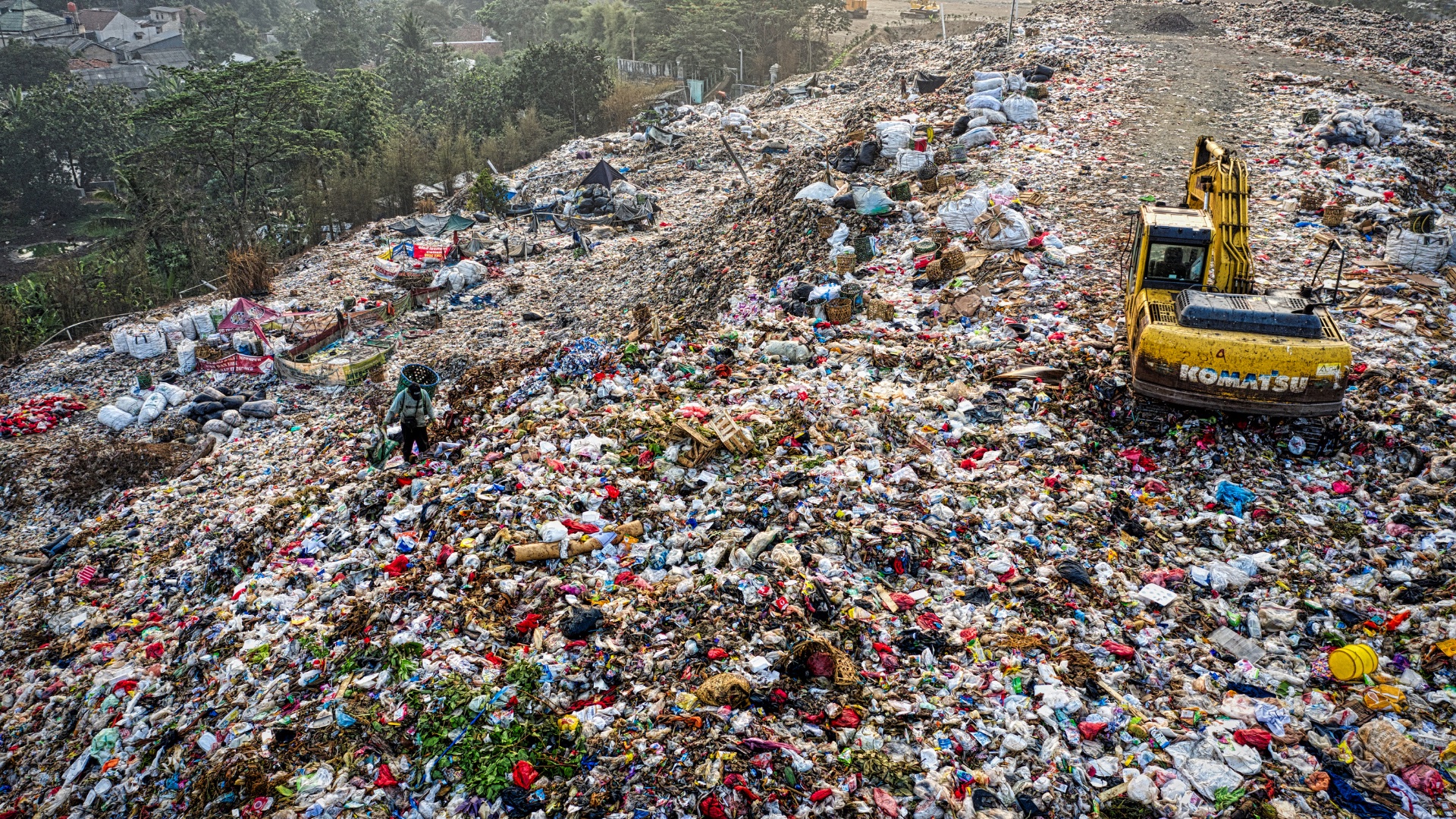
In the intricate dance of modern life, plastic has emerged as a ubiquitous companion, shaping convenience and consumption. However, the journey of plastic extends far beyond its intended use, leaving an indelible mark on our environment, particularly in the expansive realms of the oceans. This article delves into the odyssey of plastic, tracing its path from land to sea, and unraveling the complex web of human activities that contribute to this pervasive environmental challenge.
The Genesis: Plastic’s Origins on Land
Plastic’s journey begins on land, where it is manufactured, consumed, and eventually discarded. The primary sources of plastic pollution include:
- Production Centers: Plastic production hubs churn out vast quantities of single-use items, packaging, and synthetic materials that eventually find their way into the environment.
- Urban Areas: Urban centers, marked by dense populations and high consumption rates, generate substantial amounts of plastic waste through daily activities, including packaging, shopping, and dining.
- Inadequate Waste Management: Regions with insufficient waste management infrastructure struggle to contain and process plastic waste, leading to improper disposal in landfills, open dumps, or even littered in public spaces.

The Conduit: Pathways to Marine Environments
Once discarded on land, plastic embarks on a journey that often leads it to the oceans. Several pathways facilitate this transition:
- Rivers as Conduits: Rivers serve as major conduits, carrying plastic waste from inland areas to coastal regions. Large rivers like the Yangtze and the Ganges act as primary contributors to the plastic influx into oceans.
- Stormwater Runoff: Rainfall washes accumulated plastic from streets, sidewalks, and open spaces into stormwater drains, eventually reaching rivers and, ultimately, the sea.
- Wind Transport: Lightweight plastic items, such as bags and packaging, can be lifted by the wind, contributing to land-to-sea transport. This is particularly significant in coastal areas with strong winds.

Plastic Factory
Human Activities Fuelling the Plastic Odyssey
Various human activities contribute to the perpetual journey of plastic from land to sea:
- Single-Use Culture: The pervasive use of single-use plastics amplifies the problem. Items like straws, bottles, and bags, designed for short-term convenience, persist in the environment for hundreds of years.
- Improper Disposal: Lax waste disposal practices, such as littering and improper waste management, directly contribute to plastic pollution. A lack of awareness and infrastructure exacerbates the issue.
- Shipping and Fishing Activities: Maritime industries unintentionally release plastic into oceans through shipping activities, while lost or discarded fishing gear, known as ghost gear, poses a substantial threat to marine life.
 Protesting to get rid of single use plastics
Protesting to get rid of single use plastics
Impact on Marine Ecosystems
As plastic completes its journey to the sea, it inflicts severe consequences on marine ecosystems:
- Marine Wildlife Threats: Marine animals, mistaking plastic for food, ingest or become entangled in it. This poses a significant threat to species ranging from microscopic plankton to large mammals like whales.
- Ecosystem Disruption: Plastic pollution disrupts marine ecosystems by altering habitats, introducing toxins, and affecting the balance of aquatic life. Coral reefs, seagrasses, and coastal environments all bear the brunt of this ecological disruption.
- Human Health Concerns: Beyond its impact on marine life, the presence of microplastics in seafood raises concerns about human health. As we consume contaminated marine life, the potential health risks are a growing area of research.
 Bird trapped in plastic debris
Bird trapped in plastic debris
Mitigating the Plastic Odyssey
Addressing the plastic odyssey requires concerted global efforts:
- Waste Reduction and Recycling: Reducing the production and consumption of single-use plastics, coupled with robust recycling infrastructure, can significantly curb the flow of plastic from land to sea.
- International Cooperation: Collaborative international efforts are crucial to address the global nature of plastic pollution. Agreements and initiatives to reduce plastic production and improve waste management must be prioritized.
- Consumer Awareness: Raising awareness about the environmental impact of plastic consumption is essential. Educating consumers about responsible plastic use and disposal can drive behavioral change.
- Innovation and Alternatives: Developing and promoting innovative materials and sustainable alternatives to traditional plastics can help break the cycle of plastic pollution.
In conclusion, the journey of plastic from land to sea is a complex and interconnected saga with far-reaching implications. Understanding the pathways and human activities that contribute to this odyssey is the first step toward mitigating its impact. Through collective action, awareness, and innovative solutions, we can strive to reshape the narrative of plastic, ensuring a more sustainable and harmonious coexistence with our oceans.




